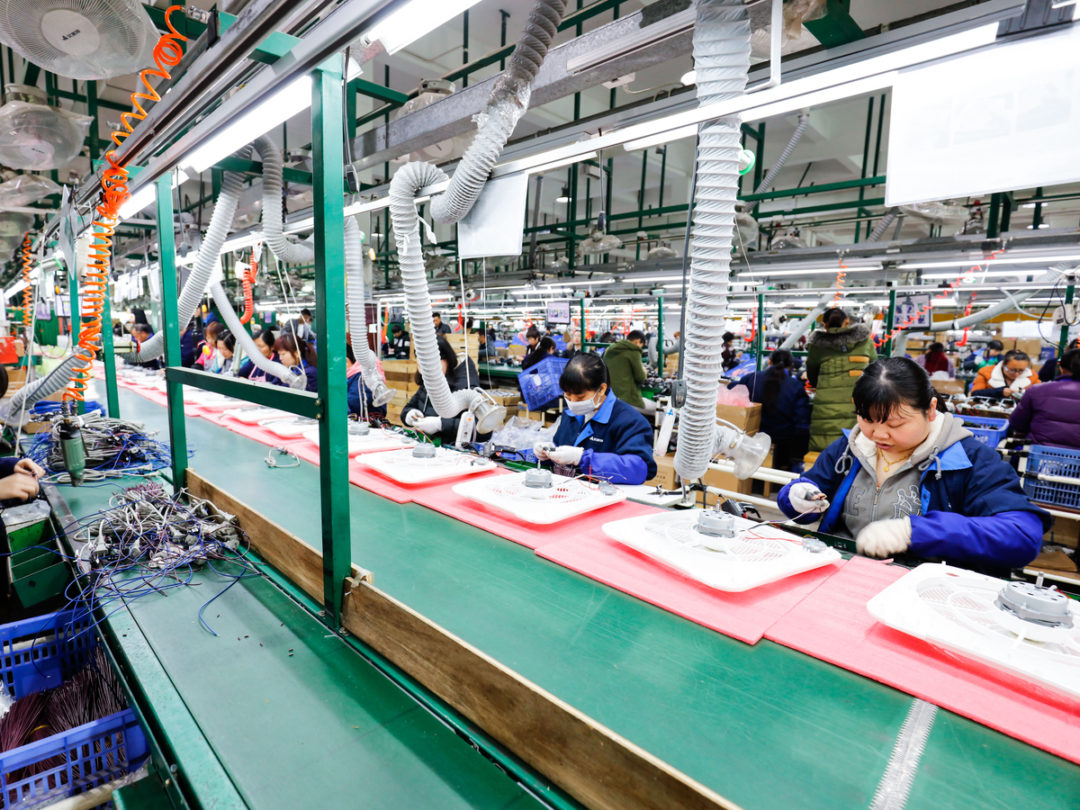
Will the Trade War Force a Rethinking of High-Tech Sourcing Strategies?
The escalating tariff war between the U.S. and China is already having a negative impact on high-tech supply chains.
A combination of rising commodity prices and electronics part shortages is playing havoc with tech manufacturers and their suppliers. And the situation is only expected to get worse as Chinese factories further slash production, according to Rajesh Kalidindi, chief executive officer of LevaData.
Original equipment manufacturers tend to negotiate deals with suppliers on a periodic basis, sometimes a year in advance of their needs, as a means of locking in prices against upward trends. Now, though, suppliers are “baking in” higher prices for components in response to the tariffs on Chinese imports imposed by President Trump.
Purchasers are seeing price increases in the range of 10 to 20 percent, Kalidindi says.
Manufacturers got some breathing room due to inventory that was already in the channel at the time the tariffs were announced. Still, for companies in the high-tech, consumer electronics, medical devices and industrial sectors, the rising cost of products and components from China is their “number-one cause of concern.”
OEMs are feeling the hit even for products that aren’t entirely sourced in China. A computer sold in the U.S. might incorporate parts from Japan, Korea, Malaysia and even domestic suppliers. But if those items pass through a Chinese factory for assembly, the finished product is subject to a tariff, and overall costs go up.
Producers are scrambling for ways to minimize the price hikes. At the finished goods level, they’re looking to avoid or reduce tariff exposure by postponing final packaging, labeling and sometimes assembly.
Kalidindi says companies find themselves in something approaching “a war room environment,” with integrated teams scrutinizing every element of a bill of materials to see where the impact of tariffs might be reduced. They’re especially looking to avoid the double exposure that occurs when both components and the finished goods into which they’re incorporated become subject to U.S. tariffs.
The strategies address both short- and long-term scenarios, extending all the way to a rethinking of product design and sourcing. “You can bet that every single company in the electronics space is reeling from the potential impact from a margin standpoint,” Kalidindi says. “Their first reaction is to pull back from Chinese suppliers and try to eke out some additional savings.”
Still, most global supply chains are too complex and contractually bound to quickly adjust sourcing patterns. That’s especially the case for items that are acquired from a single supplier or country.
In the interim, the only solution is to raise prices on downstream customers. Some reseller kits are seeing increases of as much as 25 percent, Kalidindi says.
The crisis provides manufacturers with yet another lesson about the dangers of sole sourcing. (As if the recent rash of natural disasters, including earthquakes, floods and tsunamis, hadn’t already driven home that point.) Kalidindi blames their overexposure to a limited pool of suppliers on OEMs’ pursuit of the low-cost model over the past 20 years. Entire supplier “ecosystems” grew up around factories in China. To the extent that certain components came from other countries, the decision arose from cost considerations, not a coherent attempt to mitigate geopolitical risk.
Now, such risk has moved to the forefront of OEM sourcing strategies. Even a truce in the trade war isn’t likely to return manufacturing strategies to the status quo. Rising Chinese factory wages over the last few years had already put companies on notice that they needed to reduce their dependence on production in that country.
Meanwhile, manufacturers must cope with a persistent shortage of key components, especially for dynamic random access memory (DRAM) and multilayered ceramic chip capacitors (MLCC). Even as tariffs threaten to further reduce supply, the demand for such items is on the rise.
The automotive industry is among the most ravenous consumers of product, with an estimated 35 percent of the cost of a modern-day car coming from electronics. The trend is putting pressure on personal-computer manufacturers and other traditional high-tech producers, who are seeing their allocations of memory and other components shrink.
To ensure their share of a finite supply, high-tech manufacturers are having to return to the negotiating table, in search of better deals with suppliers. The answer, says Kalidindi, lies in a combination of enhanced partnerships with existing vendors and diversification beyond countries subject to higher production and importation costs.
It comes down to a total rethinking of high-tech supply-chains. One might go so far as to suggest that the current trade war, which can otherwise yield nothing in the way of positive results for manufacturers, distributors and retailers, might provide the final impetus for constructive and long-lasting change in sourcing strategies.
At the same time, manufacturers need to do a better job of anticipating events that threaten to disrupt global supply chains. Risk management must become a primary consideration in scenario planning.
All of which assumes, of course, that companies don’t continue to carom from crisis to crisis, without any long-term vision or understanding of business cycles. “The next piece is going to be around influencing the supply base to actually make those investments,” says Kalidindi. “It’s a multi-year commitment.”
